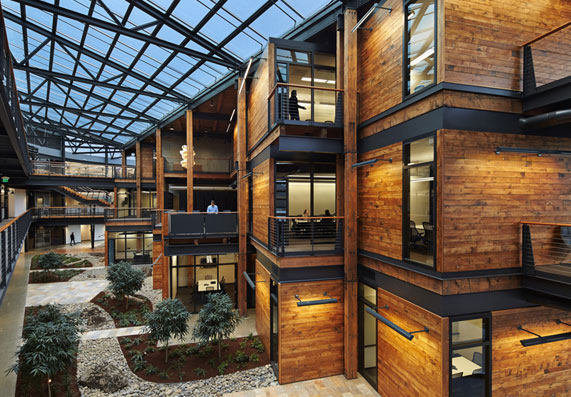
Traditional building materials are stone, wood, brick, and concrete. However, as technology develops, so do new materials. Steel and glass are commonly used. Fabrics are created by coating fiberglass with a durable plastic such as Teflon to make a membrane (skin) that can be attached to a steel framework.


Stone is used for building churches and banks, for making statues or for domestic purposes. Limestone is used for building or statues as it is inexpensive, hard-wearing, long-lasting and easy to shape. A stonemason is shown carving a base column for a building.

Wood is a renewable material and uses less energy and resources to process compared to many other building materials. As wood has the capacity to store and remove CO2 from the atmosphere, it can have a particularly beneficial impact on the environment.

Brick is building material used to make walls, pavements and other elements in masonry construction. ... Lightweight bricks (also called lightweight blocks) are made from expanded clay aggregate.

It is an important construction material used extensively in buildings, bridges, roads and dams. Its uses range from structural applications, to paviours, kerbs, pipes and drains. Concrete is a composite material, consisting mainly of Portland cement, water and aggregate (gravel, sand or rock).